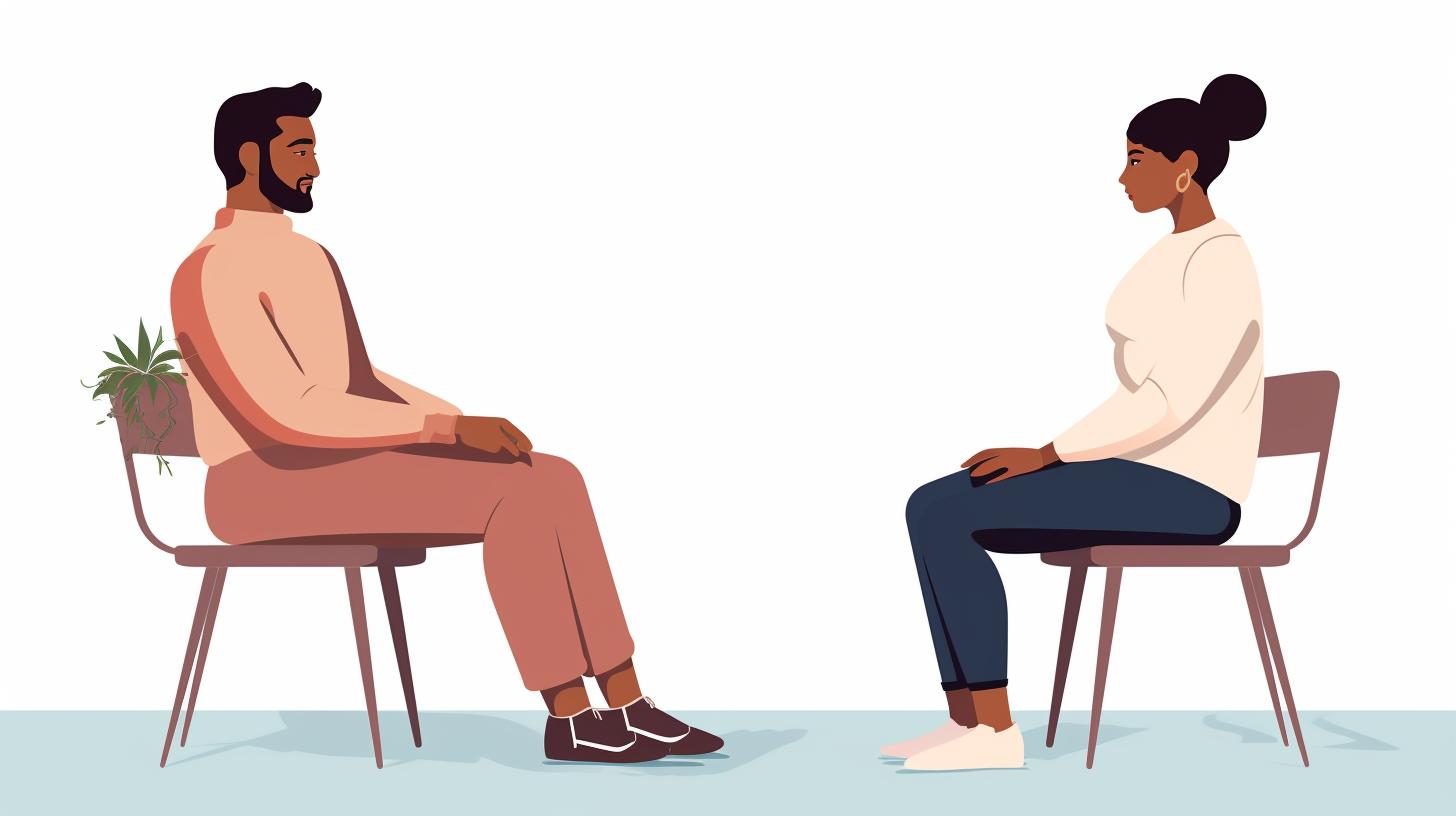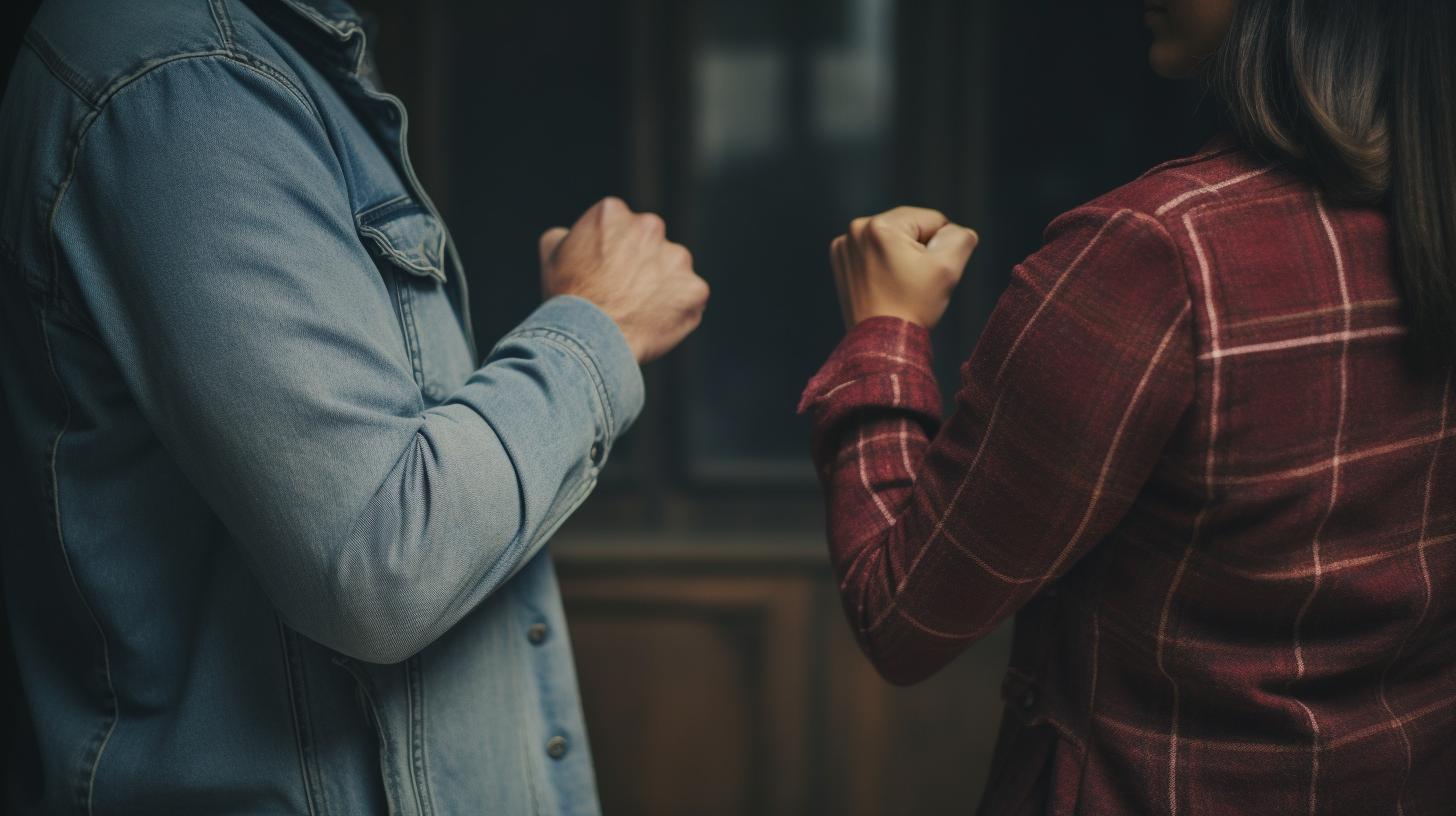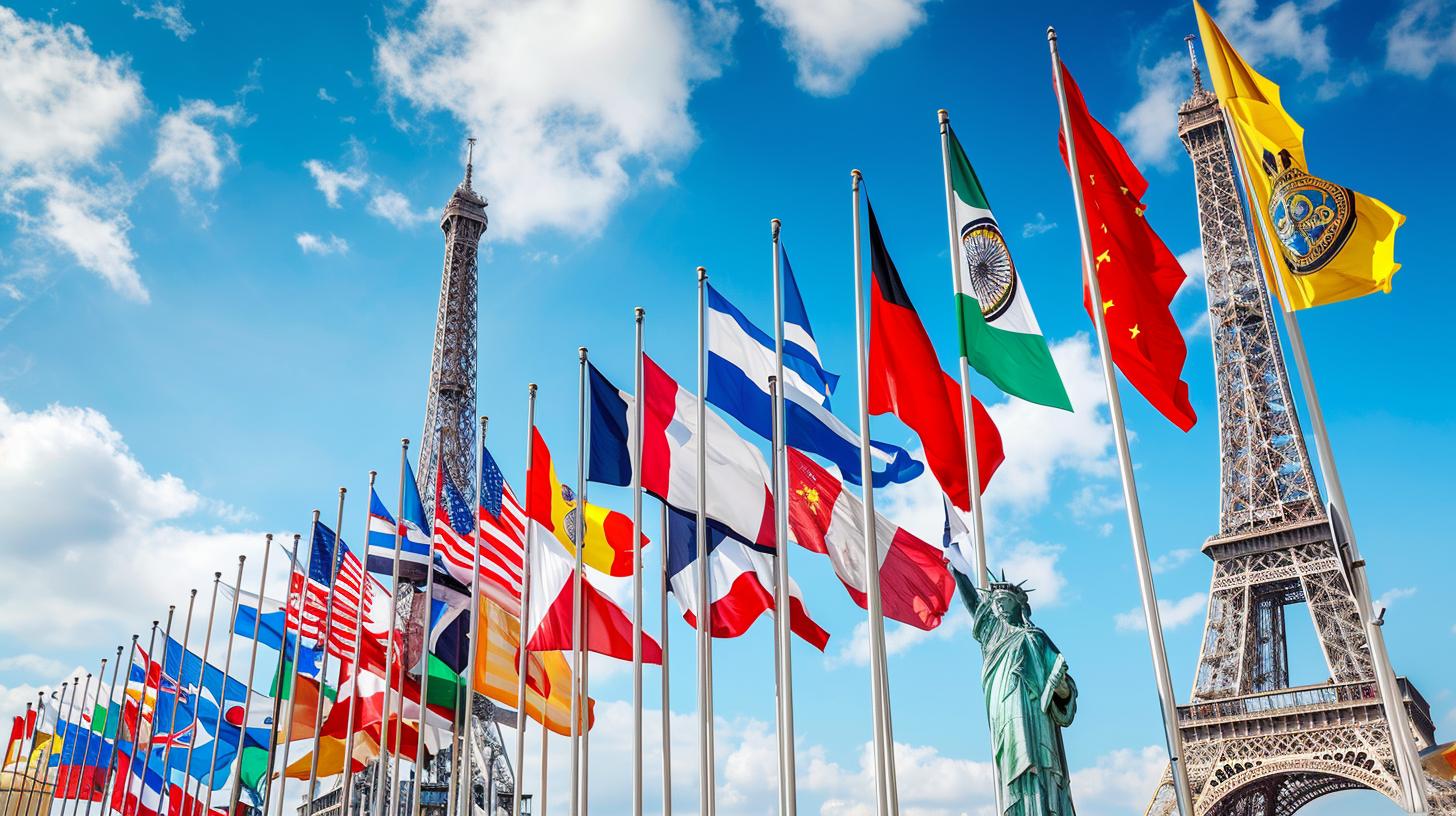Have you ever wondered how to read someone’s emotions without them saying a word? Understanding body language can help you interpret nonverbal cues and gain a deeper understanding of other people’s intentions, emotions, and cultural background. In this article, we will explore the importance of body language in dating and cultural contexts, the different types of body language cues, cultural differences in body language, common body language mistakes, positive body language signals, and body language in online dating.

The Importance of Body Language in Communication
Body language is an essential aspect of communication in dating and cultural contexts. According to research, nonverbal cues account for over 90% of the messages we convey when interacting with others. By paying attention to body language signals, we can gain a deeper understanding of others and communicate more effectively.
The Art of Reading Body Language in Dating and Cultural Settings
- Body language cues include facial expressions, posture, gestures, eye contact, and physical touch.
- Cultural differences impact body language interpretation, and common mistakes include crossing arms, avoiding eye contact, and fidgeting.
- Positive body language signals such as open posture, smiling, and maintaining eye contact are important in building attraction and rapport.
Types of Body Language Cues
Body language includes various cues such as facial expressions, gestures, eye gaze, posture, and personal distance. Each type of cue plays a role in conveying information and expressing emotions.

Facial Expressions
Facial expressions are perhaps the most recognizable type of body language. They can reveal a person’s emotional state, level of interest, and attitude towards others. For example, a smile can indicate happiness, interest, or friendliness, while a frown can indicate sadness, disapproval, or anger.
Eye contact is also an important aspect of facial expression. Maintaining eye contact can indicate interest, confidence, and honesty, while avoiding eye contact can indicate shyness, discomfort, or dishonesty.

Posture
Posture is another important aspect of body language. It can reveal a person’s level of confidence, attentiveness, and openness. For example, sitting or standing up straight can indicate confidence and attentiveness, while slouching or crossing arms can indicate defensiveness or disinterest.

Gestures
Gestures are movements of the hands or body that can convey meaning or emphasize a point. They can be used to express agreement, disagreement, emphasis, or emotion. For example, nodding the head can indicate agreement, while shaking the head can indicate disagreement. Pointing can be used to draw attention to something, while shrugging can indicate uncertainty.
Eye Contact
Eye contact is an important aspect of body language that can convey confidence, interest, and honesty. Maintaining eye contact can indicate that a person is engaged and interested in the conversation, while avoiding eye contact can indicate discomfort or dishonesty.
Physical Touch
Physical touch can also be a form of body language. It can convey affection, interest, or aggression. For example, a hug can indicate affection or comfort, while a handshake can indicate respect or greeting. However, it’s important to be mindful of cultural norms and personal boundaries when it comes to physical touch.
| Type of Body Language Cue | Cultural Differences |
|---|---|
| Facial Expressions | In some cultures, smiling is viewed as inappropriate or insincere. In contrast, in other cultures, not smiling can be seen as rude or unfriendly. |
| Eye Contact | In some cultures, direct eye contact is seen as a sign of disrespect, while in others, it is considered a sign of attentiveness and respect. |
| Posture | In some cultures, standing too close to someone can be viewed as intrusive, while in others, it is seen as a sign of friendliness and familiarity. |
| Gestures | Some hand gestures can have different meanings across cultures. For example, the “thumbs up” gesture can be seen as positive in Western cultures, but offensive in some Middle Eastern countries. |
| Physical Touch | The acceptability of physical touch varies widely across cultures. In some cultures, such as in Latin America and the Middle East, physical touch is a common form of greeting, while in others, such as in East Asia, it is less common. |

Cultural Differences in Body Language
Body language can vary greatly across different cultures. What may be considered a positive signal in one culture may be viewed as negative or inappropriate in another. It’s important to be aware of these cultural differences when interpreting body language signals.
For example, in some cultures, maintaining eye contact is seen as a sign of respect and attentiveness, while in others, it may be viewed as aggressive or confrontational. Similarly, physical touch can be more or less acceptable depending on cultural norms.
It’s important to approach body language interpretation with cultural sensitivity and avoid stereotypes. Just because someone’s body language is different from what we’re used to doesn’t necessarily mean they are being dishonest or disrespectful.
Personal Story: Misunderstanding Cultural Body Language
I had just started dating a guy named Ahmed who was originally from Egypt. Our first few dates went well, and I was excited to see where things would go. However, one night when we went out to dinner, I noticed that Ahmed kept crossing his arms in front of his chest. I had read that crossed arms were a negative body language cue, so I assumed that Ahmed wasn’t interested in me anymore.
Feeling hurt, I decided to confront him about it. I asked him if everything was okay, and if he was still interested in seeing me. Ahmed looked confused and assured me that he was very interested in me. He explained that in his culture, crossing your arms was just a comfortable way to sit and did not indicate disinterest.
I was relieved, but also embarrassed that I had misunderstood Ahmed’s body language due to a lack of cultural awareness. This experience taught me the importance of being mindful of cultural differences in body language interpretation, especially in the dating context.
Common Body Language Mistakes
There are some common body language mistakes that can negatively impact communication and relationships. These include crossing arms, avoiding eye contact, and fidgeting.
Crossing arms can convey defensiveness or disinterest, while avoiding eye contact can indicate discomfort or dishonesty. Fidgeting can be distracting and convey nervousness or anxiety.
To avoid these common mistakes, try to maintain an open posture, maintain eye contact, and practice deep breathing to calm nerves.
Positive Body Language Signals
There are also many positive body language signals that can help build attraction and rapport. These include maintaining an open body posture, smiling, and maintaining eye contact.
An open body posture can convey confidence and openness, while smiling can indicate friendliness and interest. Maintaining eye contact can indicate attentiveness and honesty.
By focusing on positive body language signals, we can create a more positive and inviting atmosphere in dating and social situations.
Body Language in Online Dating
In online dating, it can be difficult to interpret body language cues since we are communicating through text or messaging. However, there are still some ways to pick up on nonverbal cues.
Pay attention to the tone of messages. Are they friendly and engaging, or cold and distant? This can give you a sense of the other person’s emotional state.
Using video chats can also be helpful in interpreting body language cues. You can see the other person’s facial expressions and gestures, which can reveal a lot about their intentions and emotions.
Conclusion
Body language is an essential aspect of communication in dating and cultural contexts. By paying attention to nonverbal cues, we can gain a deeper understanding of others and communicate more effectively. It’s important to be mindful of cultural differences and avoid common body language mistakes. By focusing on positive body language signals, we can create a more positive and inviting atmosphere in dating and social situations.
If you’re interested in learning more about cultural etiquette and dating customs, check out our articles on greetings, personal space, cultural expressions of affection, social customs, politeness, intimate milestones, compliments across cultures, table manners, respectful behaviours, and cultural norms.
Sources:
– Burgoon, J. K., & Hoobler, G. (1997). Nonverbal signals. In J. C. McCroskey & J. A. Daly (Eds.), Personality and interpersonal communication (pp. 165198). Sage.
– Hall, E. T. (1959). The silent language. Doubleday.
FAQ
Question: Who should initiate physical contact on a first date?
Answer: Whoever feels comfortable, but start small with a handshake or light touch on the arm.
Question: What body language signals interest on a date?
Answer: Leaning in, eye contact, mirroring movements, and an open posture.
Question: How can cultural differences affect body language in dating?
Answer: Different cultures have unique gestures and customs, so research beforehand.
Question: What if my date’s body language is closed off?
Answer: Give them space, be patient, and try to engage in conversation to ease tension.
Question: How can I improve my own body language on a date?
Answer: Practice positive body language in everyday life, and be aware of your movements.
Question: What if my date misinterprets my body language?
Answer: Communicate clearly and ask if they are comfortable. Avoid making assumptions.




